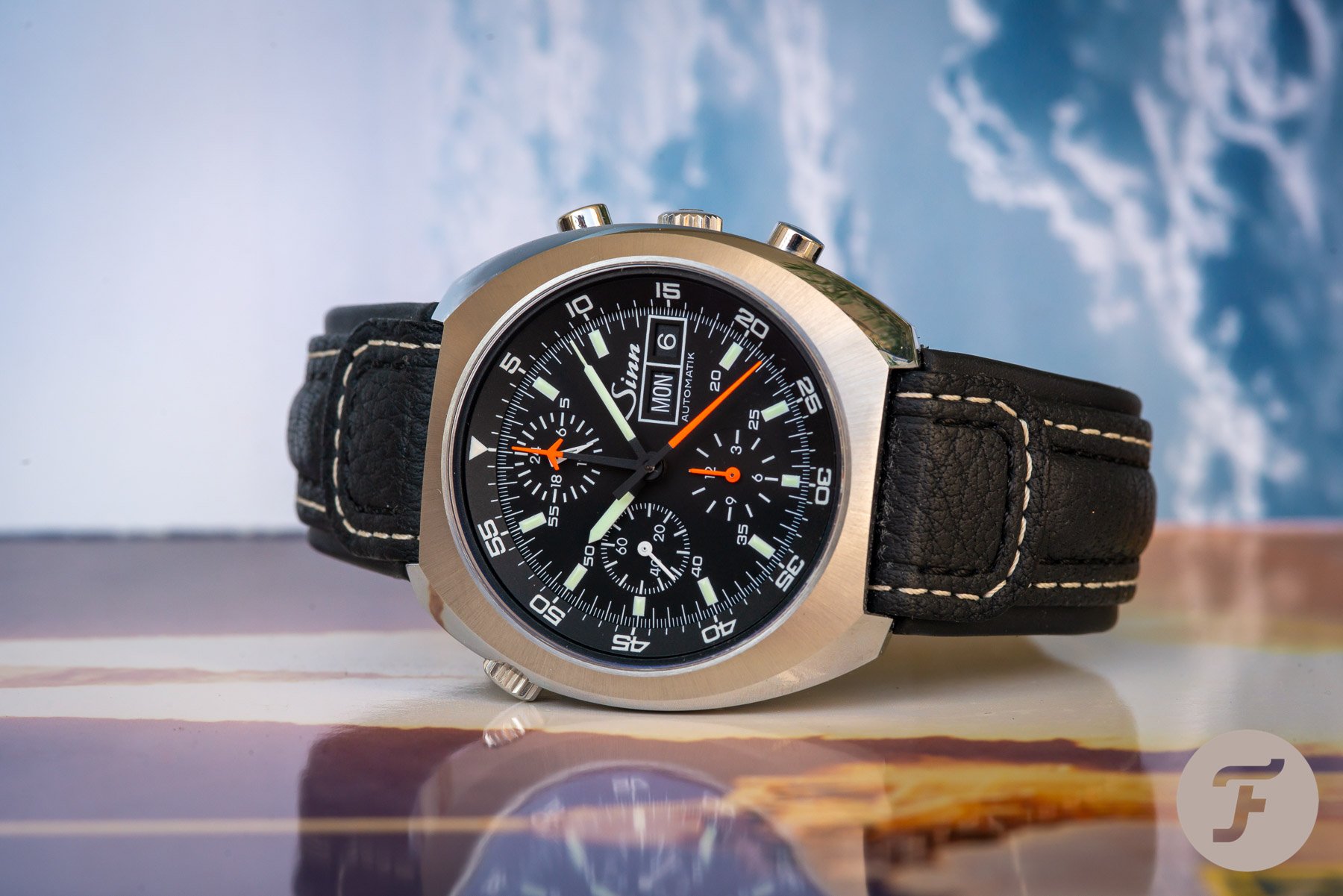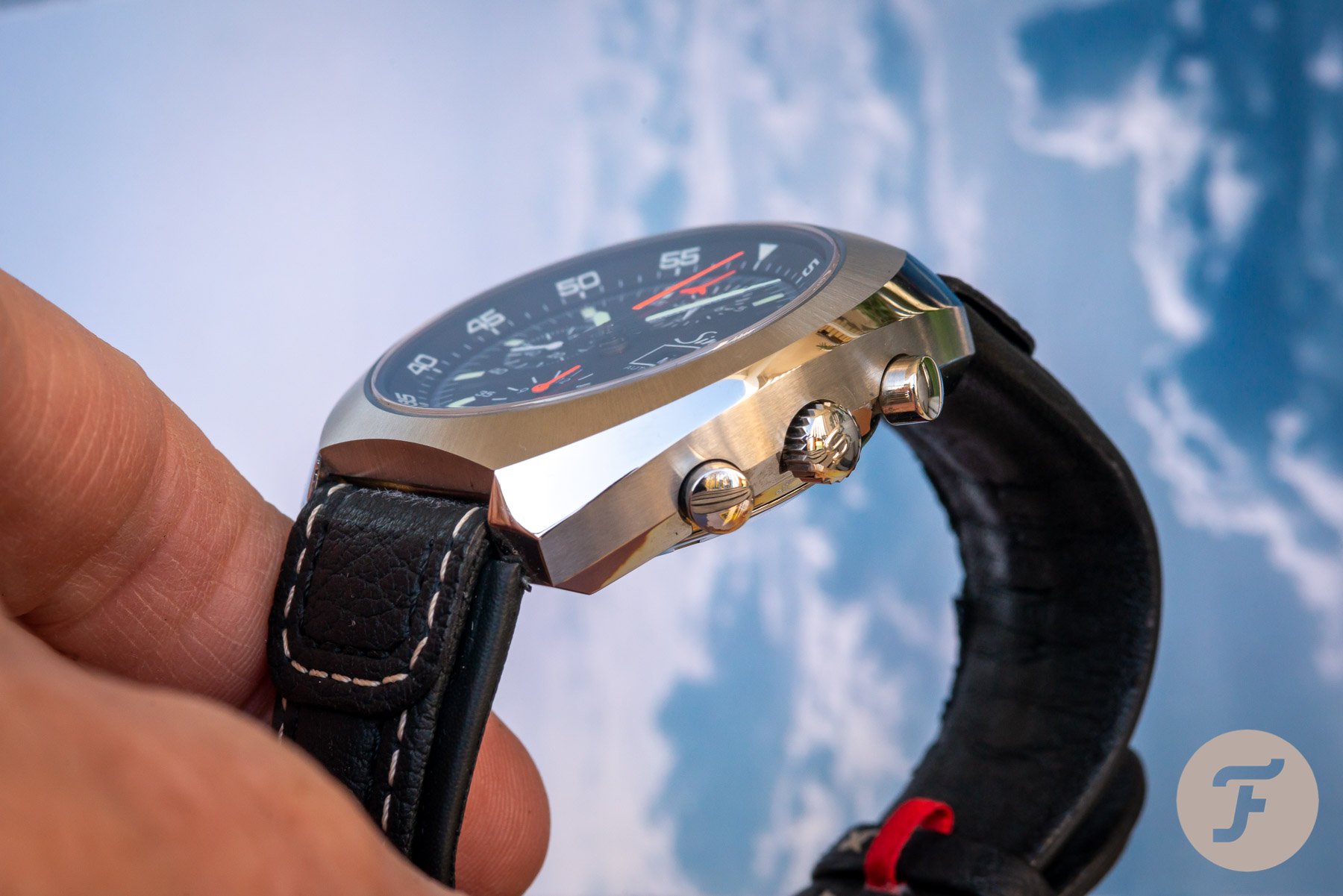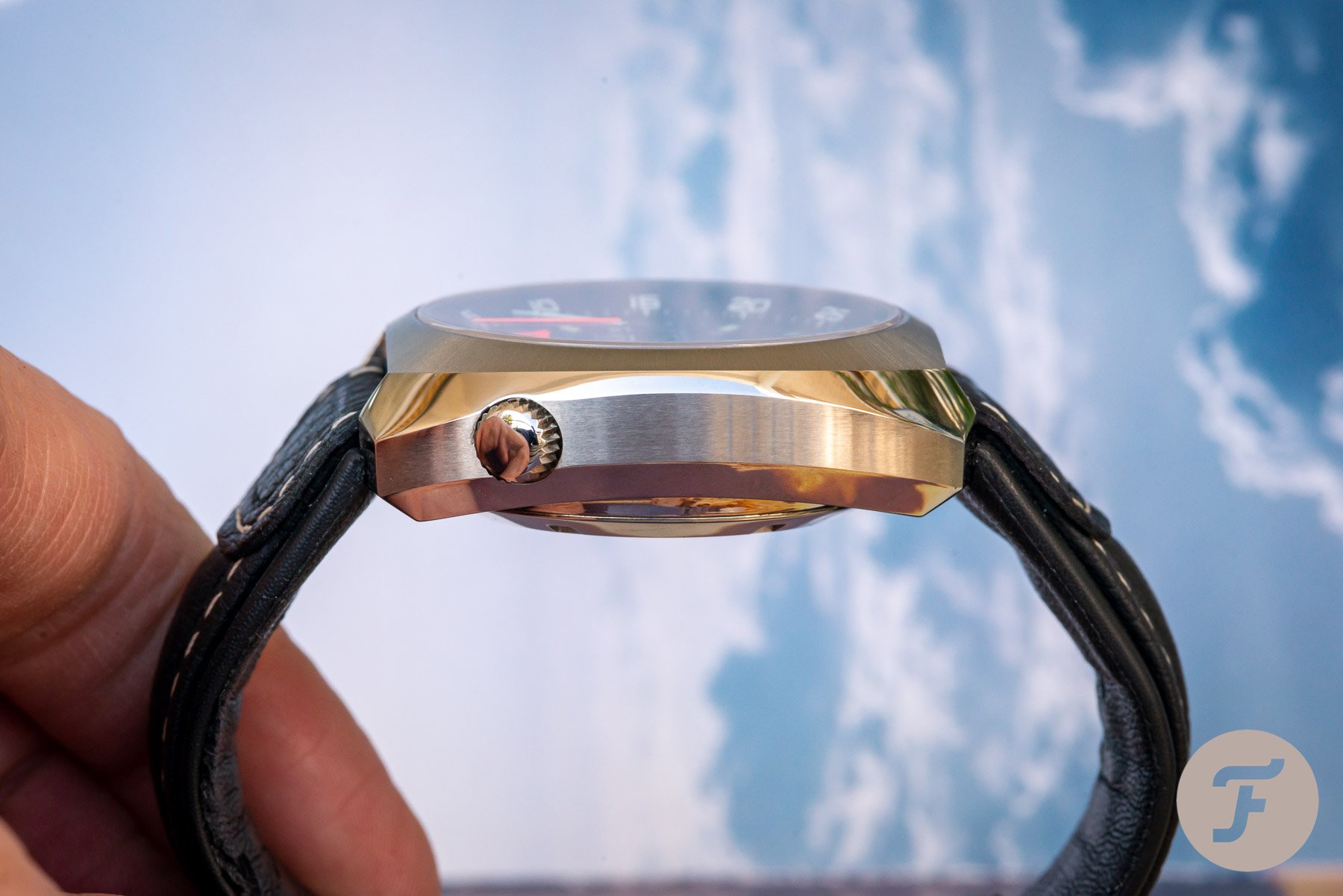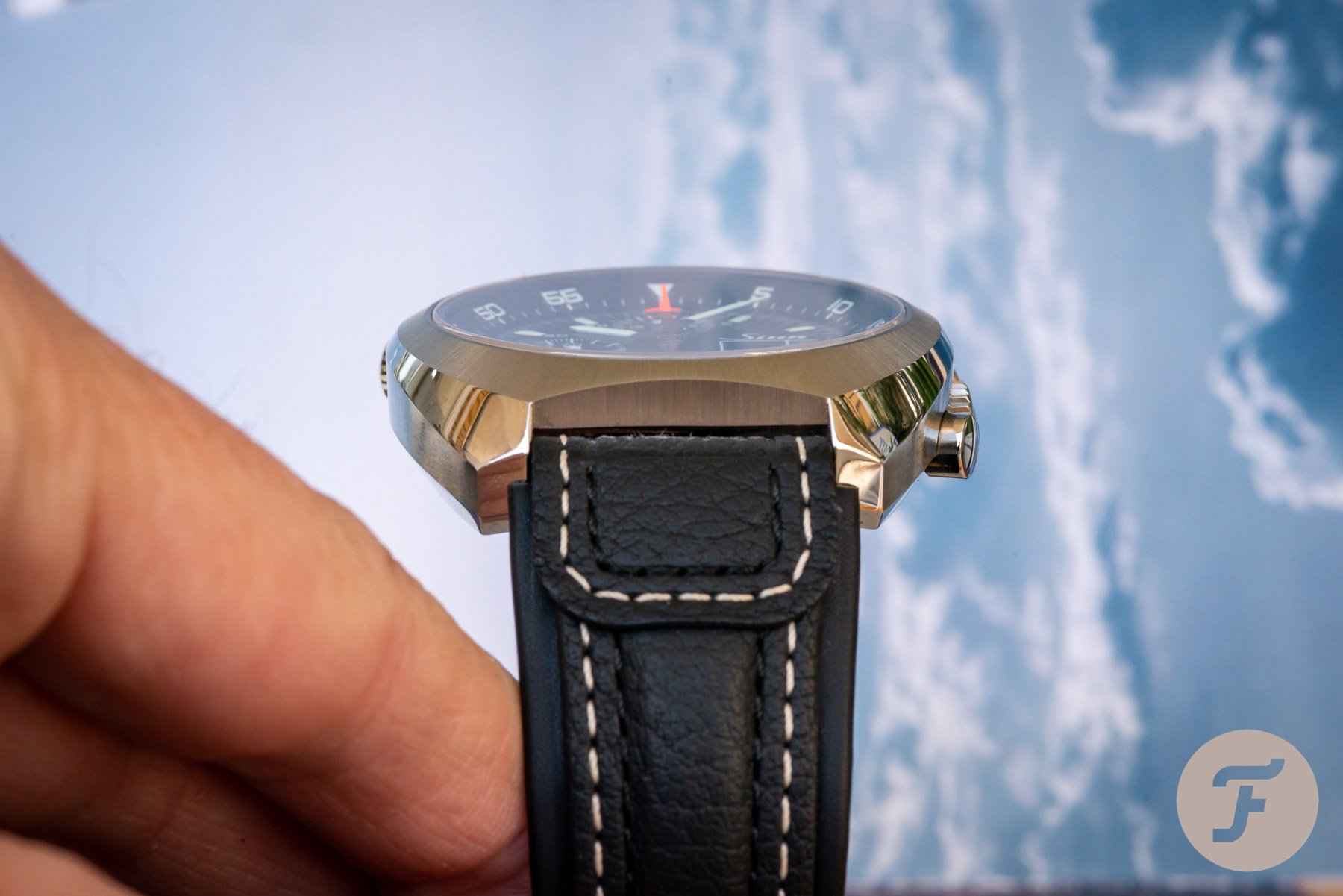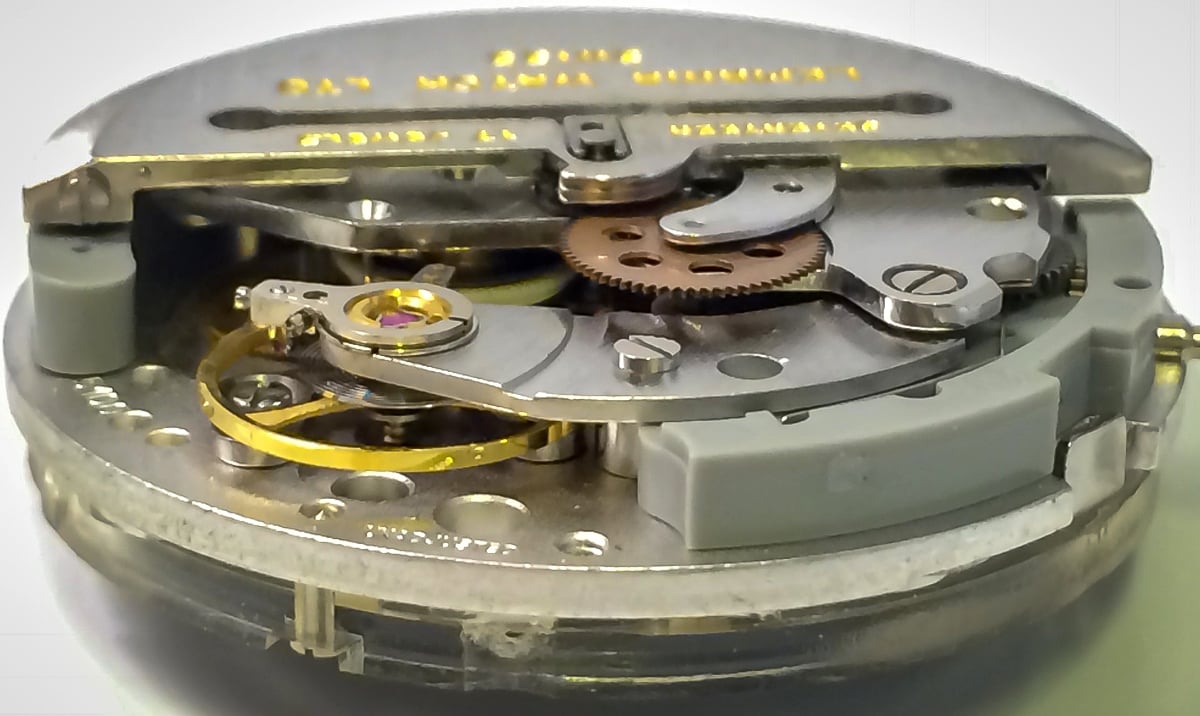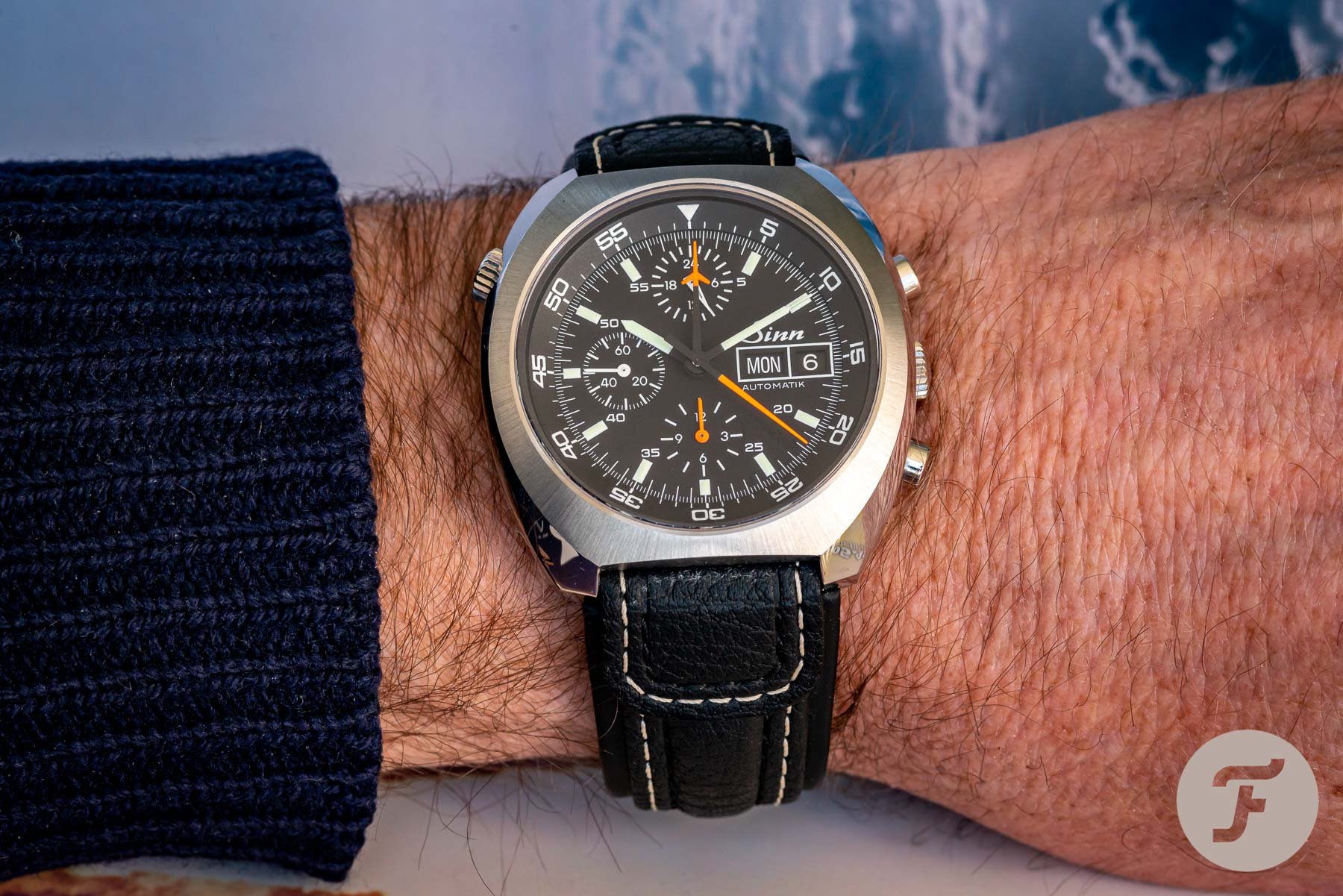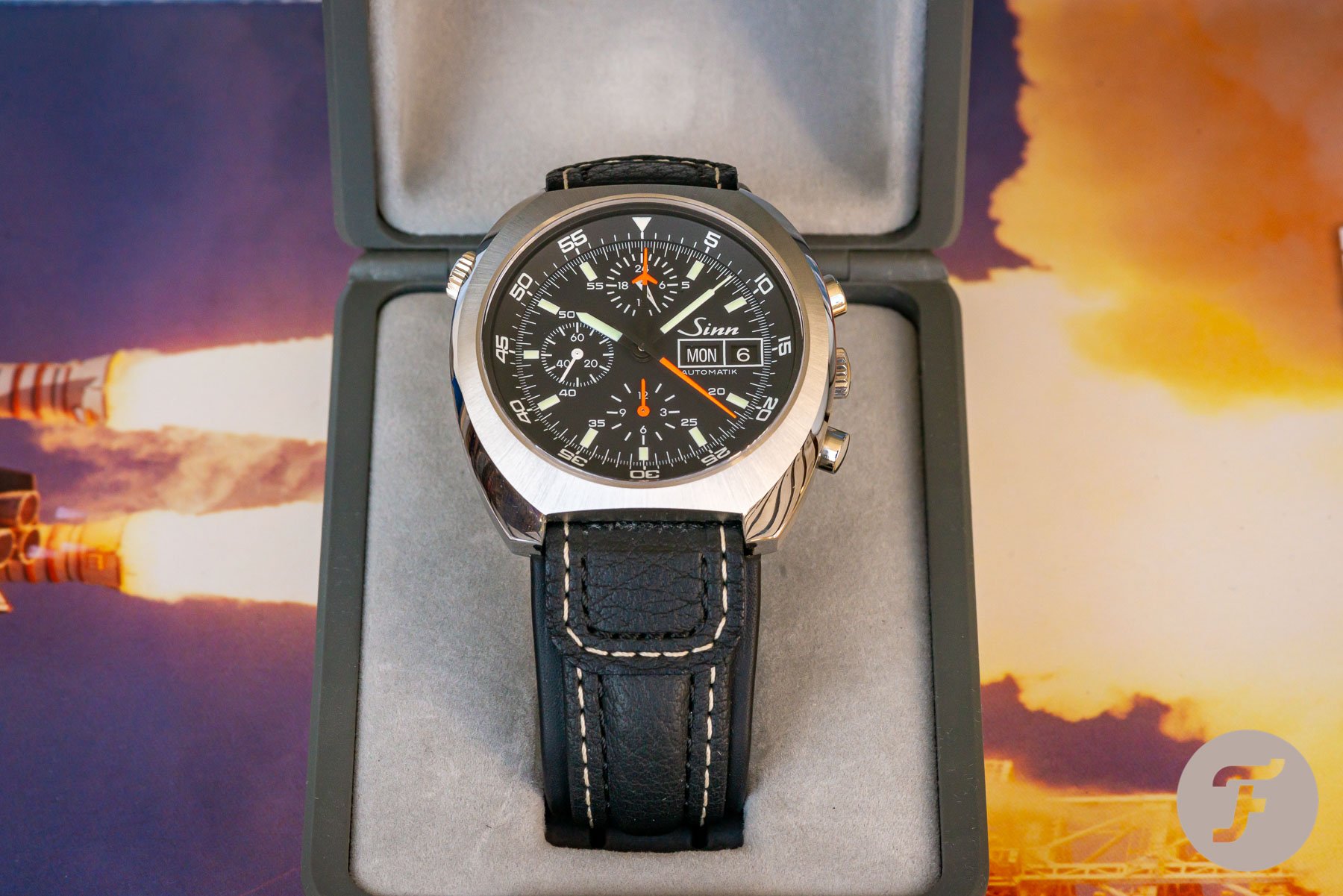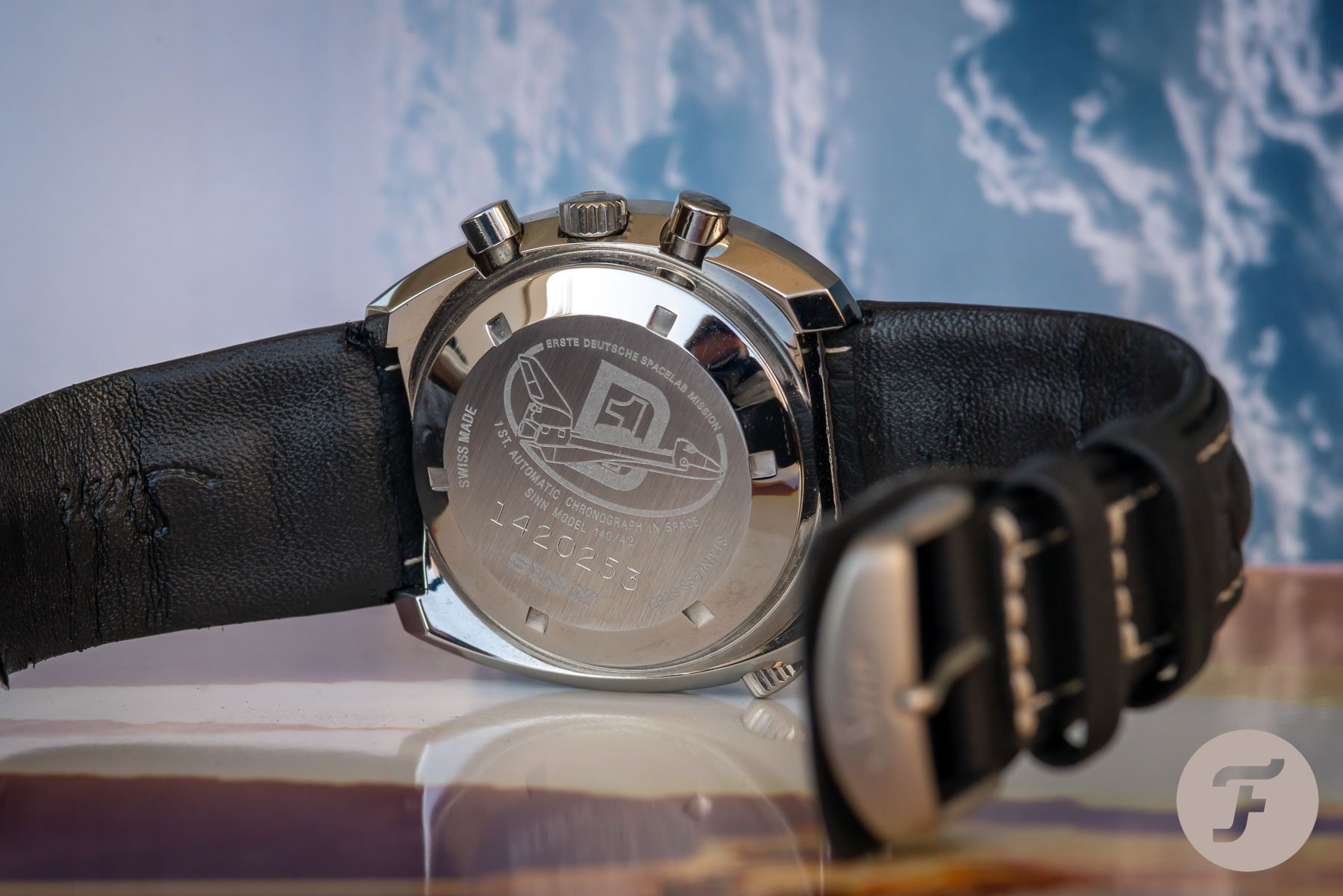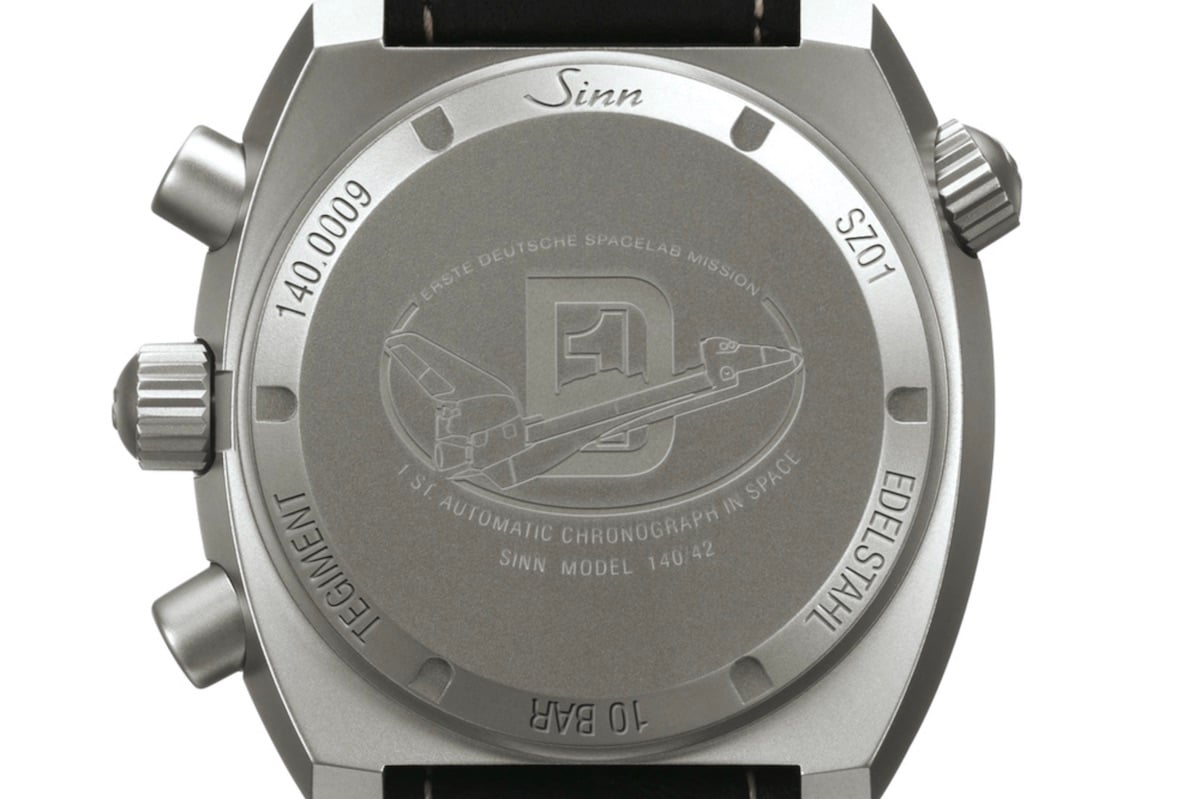Sinn 142.St — 52Mondayz, Week #15-2020
For many years the Sinn 142.St has been an important player in Sinn’s professional chronograph lineup. Unfortunately, the end of the Lemania 5100 caliber in 2002 initially resulted in this striking model’s curtain call.
Sinn 142.St – reference 142.010
My first encounter with Sinn was in the early nineties. Helmut Sinn was still at the helm. Sinn was virtually unknown outside of Germany. Your best chance? Talking to an aviator who might have recognized the name from some of their airplane instruments. Consequently, the bulk of Helmut’s clientele were pilots. This was a comfortable relationship for Helmut, who was a former pilot himself. But when one earns a reputation for excellence in a niche field, the masses are sure to find out sooner or later. It wasn’t long before watch enthusiasts discovered this hidden secret, and flocked to the German brand. I was one of them.
I still love it
The first Sinn I bought was a Sinn 142.St. I loved the design and I loved the Lemania 5100 functionality and layout. And I still love it. At that time Sinn offered their model 142.St in two case finishes, combined polished and brushed (ref. 142.010), and mat shot blasted (142.020). The first one, like the one in this 52Mondayz episode, had and has my preference. Other variations were available as well. Like a black PVD coated version and a version lacking the 24-hour indication named 140.
Not the first automatic chronograph in space
The Sinn 140/142 became famous because it had been used by astronauts. The Sinn 140 was thought to be the first automatic chronograph in Space when German astronaut Reinhard Furrer wore it during the Spacelab D1 mission in 1985. In 2007, however, that changed. It was then established that US Air Force Col. William Pogue wore an automatic Seiko 6139-6002 chronograph during the NASA Skylab 4 mission which took place in 1973. Our Michael Stockton did an informative write-up on this occurrence and watch, which you’ll be able to find here.
Pros and cons of the 5100
By 1997 Lemania had plans to cease their caliber 5100. The simplistic design of the 5100 no longer fitted their product line and philosophy. Also, the tools for the movement were outdated and in need of restoration. The required investment couldn’t be justified by the caliber’s limited sales to its three remaining main customers: Fortis, Sinn, and Tutima. At first, these remaining customers agreed on a heavy price increase to save the movement. It nearly doubled from CHF 230 to CHF 400. It survived five more years. That slight stay of execution enabled Fortis, Sinn, and Tutima to find alternatives. By 2002 the Lemania 5100 was officially withdrawn from production. The end of an era.
The pros
The Lemania 5100, due to its construction, is a chronograph movement that can withstand large shocks without its chronograph seconds hand stopping. Most chronographs use an intermediate wheel. This is not the case in the Lemania 5100. Instead, the 5100 chronograph function is directly driven. The caliber withstands acceleration in excess of 7G without loss of accuracy. Its ruggedness is legendary. The caliber also maintains its accuracy over long periods without servicing. Service intervals from four to seven years have shown to be sufficient.
The cons
On the other hand, the 5100’s was not without its weaknesses. It has a simple, old-fashioned construction. Like an old pocket watch or a mechanical alarm clock, it uses a pillar construction. And then there’s the use of some nylon parts in the movement. Nylon components were seen as cost-effective and progressive in 1978. Unsurprisingly, there are few that would defend the continued use of nylon components these days.
By the time ’97 rolled around, the feeling had changed. On the outside of the movement, two more nylon parts are used. Gray nylon half-moons that support the rotor and absorb shocks from the rotor in case of hard blows. This nylon ring around the movement serves another purpose as well; it hides much of the pillar construction from the average viewer 😉
I borrowed the above picture of the Lemania 5100 movement from Uhren & Juwelen Heß GmbH in Offenbach am Main, Germany. It is hard to find reliable after-sales for the 5100. If you’re based in Europe this company might be worth a try.
What happened to my first 142.St?
Did you notice? The eagle-eyed among you may have spotted it… The pictured 142.St cannot possibly be the first model I owned. We’ll get to what makes this model distinct from the original at the end of the article. But what happened to my first piece? Well, I passed it on to a friend of mine who still wears it from tim-to-time. I regretted letting it fly the nest almost as soon as it left. But getting my hands on a new one? That wouldn’t be easy…
Thankfully, I had a good relationship with Sinn and had become their agent for The Netherlands. It was a role that gave me much pleasure for over 20 years. As a favor, Sinn offered to produce a 142.010 especially for me from a spare case which they had in stock. Of course, I happily accepted it, and it became a factory produced one-off.
Why a one-off? The Sinn 142.010 — with polished and brushed case — was discontinued around 1997. Those models were supplied with tritium dial and hands only. By the time the model featured in this article was produced, all Sinn watches, including the 142.020, had Luminova dials.
And so my watch ended up as the only official factory produced Sinn 142.St ref. 142.010 with a Luminova dial. I noticed as well that the tritium dials had ‘Automatic’ written in English in the dial, while the later Luminova dials got “Automatik” in German. The latter more in line with the German day indication which Sinn used in their Lemania 5100 movements as well.
Sinn 142 today
After the “old” 142s dried out in the early 2000s, it took Sinn a few years to come up with an alternative. The new SZ01 chronograph movement eventually shouldered this role. Based on the trusted Valjoux 7750, the SZ01 sports the Lemania 5100 main attraction — a central second and minute chronograph hand. It does not offer the small 24-hour counter at 12 o’clock, however, and therefor resembles the Sinn 140 more than the 142.
Easy to understand why today only a 140 model can be found in the Sinn instrument chronograph lineup. You’ll find Robert-Jan’s hands-on review of the Sinn 140.St.S here.
You can find a nice pre-owned Sinn 142.St with Lemania 5100 on Chrono24 for around €2,500. A new Sinn 140A will set you back at least €3,850. A quirky detail is that Sinn still today engraves “1st Automatic Chronograph in Space” in the case back of their new 140 models. Learn more about Sinn here.

